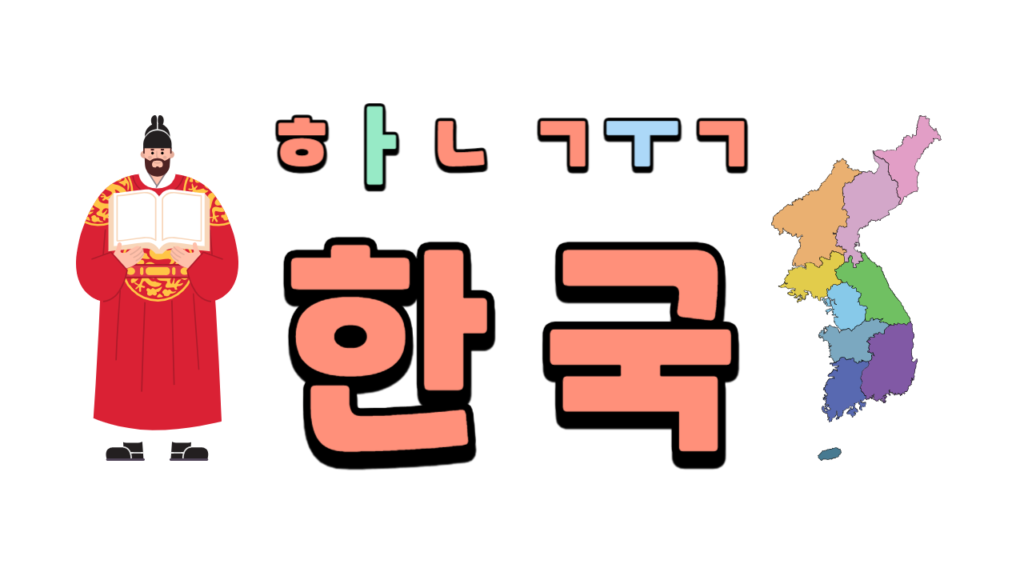The reasons for learning Hangul and the principles behind creating Hangul
Like A Korean
Welcome, everyone, to Inae’s Korean class!
Today, I’ll introduce some key aspects of the Korean language and outline the reasons why learning Korean is beneficial.
Let’s start with an introduction to the Korean language.
Korean is an incredibly practical language, spoken by approximately 770 million people, including Koreans and Korean expatriates. It ranks as the 13th most spoken language worldwide and stands among the top 10 languages frequently used on the internet. Embracing Korean opens doors to a plethora of new opportunities. Imagine enjoying Korean programs or movies without relying on subtitles—it’s an amazing experience, isn’t it?

King Sejong, a highly accomplished ruler during the Joseon Dynasty, left a significant legacy by introducing the Korean alphabet, Hangeul, in 1443.
Fun fact: Hangeul is the world’s only script whose creator is known. Before its inception, Koreans predominantly used Chinese characters, which posed difficulties for widespread use. With Hangeul’s introduction, writing became seamlessly integrated into daily life.
Crafting different vowels and consonants involved combining vowels or adding strokes to consonants. According to the ‘Hunminjeongeum,’ consonants were modeled after the shapes of speech organs.

For instance, try pronouncing ‘ㄱ.’ As you articulate this sound, you might feel the back of your tongue touching the soft palate at the top of your mouth. That tongue positioning resembles the consonant ‘ㄱ.’ When an extra stroke is added to ‘ㄱ,’ it transforms into ‘ㅋ.’
Similarly, when you articulate ‘ㄴ,’ you’ll feel the tip of your tongue against the roof of your mouth just behind your front teeth. This tongue position resembles the shape of the letter ‘ㄴ.’ Adding a stroke to ‘ㄴ’ creates ‘ㄷ.’
Vowels were designed based on representations of heaven, earth, and humans.
For example, the vowel ‘ㅣ’ combined with ‘ · ‘ forms ‘ㅏ.’ And ‘ㅡ’ combined with ‘ · ‘ becomes ‘ㅜ.’
Hangeul comprises 21 vowels and 19 consonants, combining initial, medial, and final sounds to create syllables.

For instance, ‘ㅎ’ combined with ‘ㅏ’ and ‘ㄴ’ creates ‘한’ (han), while ‘ㄱ’ combined with ‘ㅜ’ and ‘ㄱ’ becomes ‘국’ (guk). 한국 (hanguk, Korea)
That wraps up today’s lesson.
If you found this helpful, share it with your friends and study together!





Experience Excellence with Bwer Pipes: Elevate your farming operations with Bwer Pipes’ industry-leading irrigation solutions. Our cutting-edge sprinkler technology and durable pipes are engineered for superior performance, enabling Iraqi farmers to achieve optimal water management, crop health, and productivity. Explore Bwer Pipes